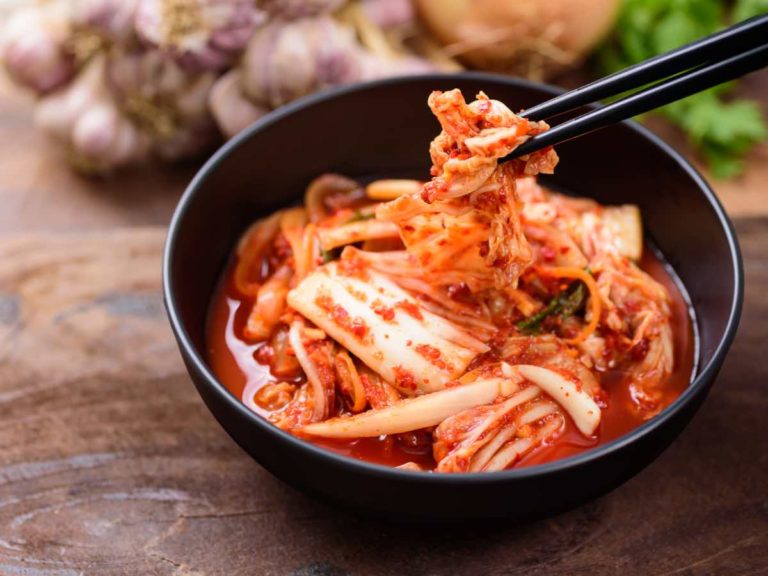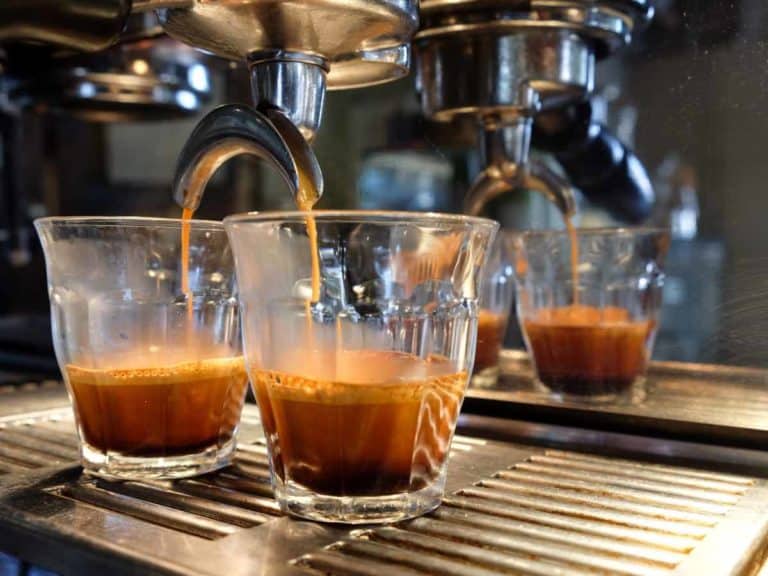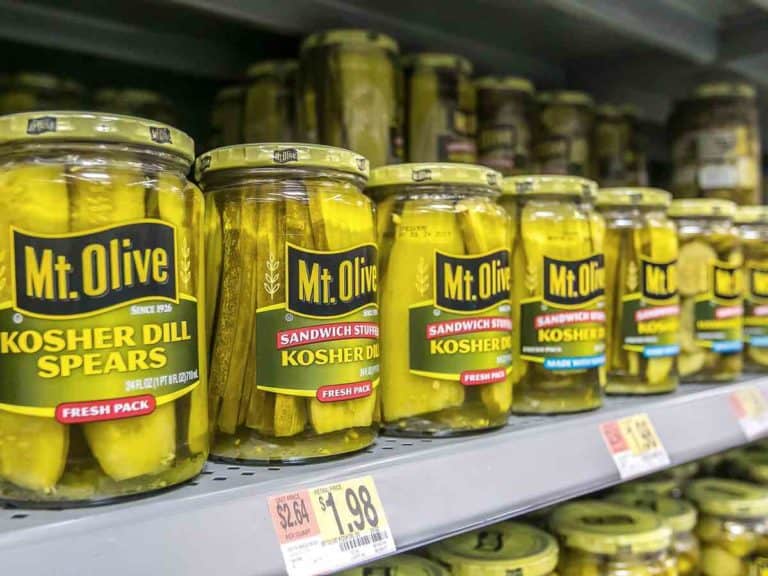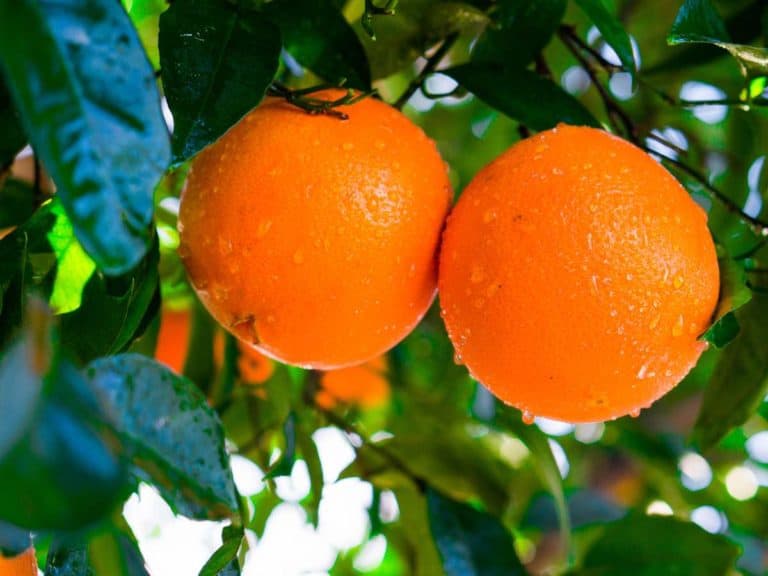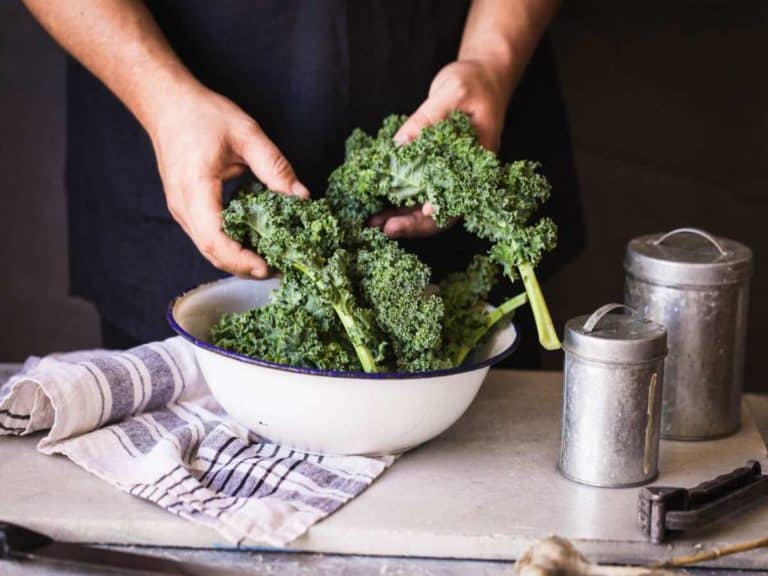8 Things To Do With Mealy Peaches
Peaches are delicious fruit to snack on. They are sweet, and the sweetness can come with floral or acidic notes. Meanwhile, the texture of peaches is fairly consistent, which is soft, smooth, and juicy. But sometimes you can get mealy peaches. Here, you can learn what to do with mealy peaches.
A quick solution to mealy peaches is to just eat them. Mealy peaches are still safe to eat, but their texture may not be as enjoyable. Another thing to do with mealy peaches is to blend them into a smoothie. If you have the knowledge and patience, you can also pickle or ferment the peaches.
If you bought mealy peaches, you don’t have to throw them away. There are plenty of ways to enjoy peaches. Keep reading below to learn.
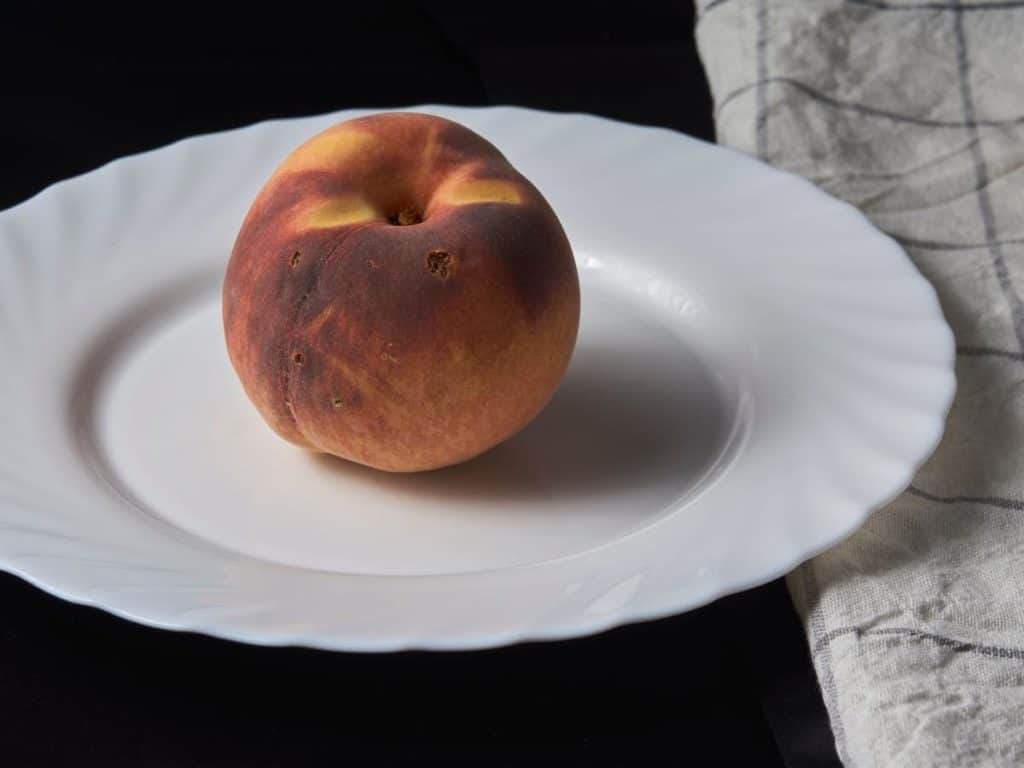
What Causes Mealy Peaches
Mealiness is present when the fruit lacks juiciness. With mealy peaches, the fiber is intact and the fruit is still soft, but there is barely any juice if there are any at all. When you bite into the peach, you immediately feel that it’s fibrous, but it feels dry.
Peaches turn mealy when the cell walls of the fruit change. Within the cell walls is a carbohydrate called pectin. As the fruit ripens, the cells add more pectin to the cell walls. And how the cells create pectin depends on genetics. Certain cultivars of peaches are more prone to becoming mealy.
However, the creation of more pectin also depends on how the peaches are handled after harvest. The peaches need to be properly cooled after harvest. Otherwise, they are prone to becoming mealy.
Before storage, the peaches should be kept at 68 °F (20 °C) for 48 hours. For storage, peaches particularly love very cold temperatures. The ideal temperature is 32 °F (0 °C), which is just above freezing but still below 36 °F (2.22 °C).
8 Things To Do With Mealy Peaches
So let’s say you end up with mealy peaches. What can you do with them?
Just Eat Them
Mealy peaches are still safe to eat. They may not be as enjoyable, but they’re also not horrible. It would be a waste to throw them away, especially since they’re still packed with vitamins. If you have only one or a few mealy peaches, you can still find some joy in their flavor.

If you have a bunch of mealy peaches that you need to consume soon, below are other ways to use them.
Blend Them
Your mouth may not be able to handle the dry and fibrous texture of a mealy peach, but a good blender can. Slice your peaches (and remove the skin if you like) and put the bits into a blender. You can throw in other fruits and vegetables to get more flavors and nutrients.
Pickle Them
If you have a bunch of peaches that you can’t consume soon, then you can try pickling them. Below are general instructions for the pickling juice.
Ingredients:
- 1 cup water
- 1 cup white vinegar
- 2 tbsp of salt
- 1/4 cup of white sugar
You will also need a glass jar with an air-tight lid.
Put all the ingredients in a pot or saucepan. Heat until boiling while dissolving the sugar and salt. In the meantime, you can slice your peaches and remove the skin.
Put the peaches in the jar. Once the pickling solution is boiling, remove it from the heat and add it to the jar with the peaches.
Make sure the peaches are submerged. Let everything cool. Once cooled, you can store the peaches in the refrigerator for up to 2 months as you gradually eat the peaches.
Ferment Them
Fermentation is another great way to preserve food and also make it tasty. For fruits and vegetables, the kind of fermentation we use is lacto-fermentation or lactic acid fermentation. To ferment your peaches, you’ll need salt, a large jar, a scale, and a large resealable bag.
Slice your peaches. Remove the seed and pit. Using your scale, weigh your peaches. Whatever the weight of your peaches is in grams, take 2% of it, and that’s how much salt you’ll use. Mix the salt with the peaches and add them to your jar.
The salt will slowly extract the juices. You want to keep the fruits submerged in their own juices. To keep the fruits submerged, put the resealable bag on top.
Fill the bag with water until it occupies the remaining space in the jar. This weight will push the fruits down. It will also displace oxygen out of the jar.
Removing the oxygen is important for the bacteria that will ferment the fruit. These bacteria are known as lactic acid bacteria. They work best without oxygen. Finally, seal the jar.
Leave the fruits at room temperature for a few days, usually a week.
Bake Them
There are plenty of baking recipes that involve peaches. A popular one is a peach-cobbler pie. You can also try making bars, cakes, tarts, and more.
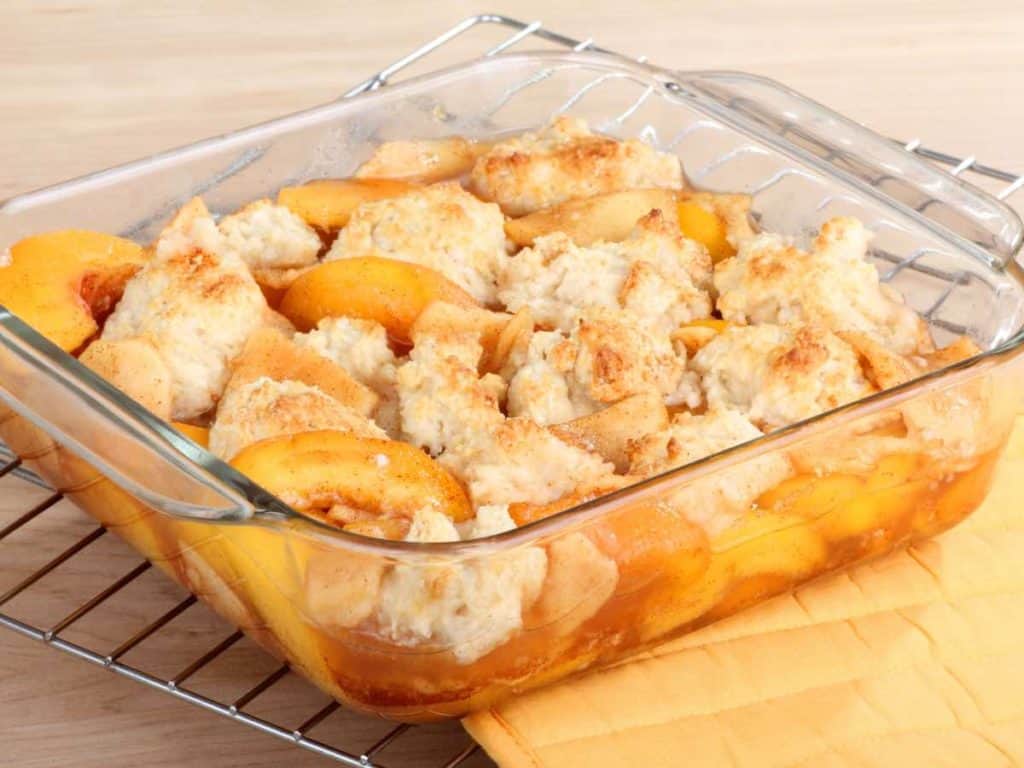
Make Soup
Peach soup can be either an appetizer or dessert. It is best served chilled. Below is a recipe for chilled peach soup. You will also need a blender.
Ingredients:
- 3 sliced and peeled peaches
- 1/4 cup water
- 3/4 cup half & half
- Sugar to taste
- 1 tbsp vanilla
Heat everything in a saucepan until the sugar is dissolved. Once the sugar is dissolved, reduce the heat to low and cook for about 10 minutes. Stir frequently. Afterwards, let everything cool and blend until smooth. Serve chilled.
Purée
Peach purée is great for dips, desserts, or baby food. Begin the process by blanching your peaches.
You can do this by boiling the peaches in water for a minute. Afterward, immediately put the peaches in ice-cold water.
Afterward, slice the peaches. Remove the seed and skin. You can use a powerful blender or food processor to purée your peaches. Add tiny bits of water to help with the puréeing process.
Make Jam
For this process, you also need lemons. Begin the process by slicing your peaches. Remove the skin, seed, and pit. Cook the peaches in simmering water. For every pound of peaches, add 1 tbsp of lemon juice and lemon zest. Cook until the peaches are soft. Once soft, mash the peaches. Use a masher or a fork.
At this point in the jam-making process, people add sugar to their desired taste. However, you can use whatever sweetener you like. Continue to simmer for about 30 to 60 minutes. Stir every now and then.
During this time, the mixture will thicken. You will know when it’s done when your spoon leaves a trail as you stir. What that happens, remove the mixture from the heat and let it cool.
Related Questions
How to know if a peach is mealy?
This method isn’t foolproof, but it can give you an idea if a peach may be mealy.
Lightly press on the peach. If it feels juicy, then it’s good. If it feels like a pack of sand, then it may be mealy. Again, this method doesn’t always work, but it’s better than just guessing and hoping.
Why do peaches become mealy?
Peaches become mealy because of genetics and post-harvest handling. Certain cultivars are more prone to becoming mealy. As for post-harvest handling, peaches tend to become mealy if they are exposed to warm temperatures. Ideally, peaches should be stored at 35 °F (0 °C).
